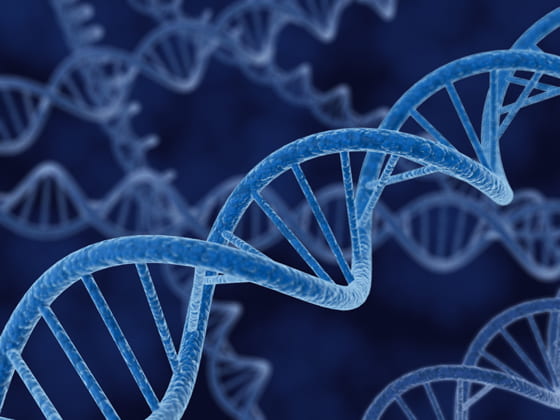
The main objective is to address the role of genetic and epigenetic factors in Levodopa induced dyskinesia.
Levodopa induced dyskinesia (LID) is the primary factor which limits the utility of L-DOPA, the most effective treatment for Parkinson disease discovered so far. Not all patients treated with levodopa develop LID. Dose and duration of L-DOPA therapy are known risk factors, but there is significant inter-individual variability in LID development which is unexplained. There is some evidence for genetic modulation of vulnerability to LID, but these studies have been limited in scope. The application of unbiased sequencing to identify novel genetic variants predictive for patient response could have important and immediate effects on physician treatment decisions through a “personalized medicine” approach: aggressively using L-DOPA for its anti-Parkinsonian effects in L-DOPA tolerant patients, while providing L-DOPA sparing therapies for L-DOPA sensitive patients.
Progressive and long-lasting sensitivity to L-DOPA is the central characteristic of LID, but much about the neural mechanisms of this persistent sensitization remain unclear. The long duration of the sensitization suggests epigenetic regulation, which can directly regulate transcriptional activity by controlling the 3D structure of chromatin and is critical in the maintenance of cellular memory. Work from our lab and others have shown an epigenetic process, histone acetylation, is important in the cellular mechanisms maintaining LID. Recently, attention has been focused on DNA methylation, a very long lasting epigenetic mark, which occurs predominantly at CpG dinucleotides and is known to be dynamically regulated as part of long term cellular memory in neurons. Studies from Dr. Eric Nestler and others have demonstrated that DNA methylation has a key role in adaptations to chronic cocaine treatment, a dopminergic stimulation paradigm which has many parallels to LID. Collectively, these results suggest a potential role for DNA methylation in the establishment and/or maintenance of LID priming.
The results of this work has the potential to directly impact clinical decisions on pharmacotherapies and therapeutic targets, while also providing novel directions for better understanding of LID pathogenesis.
